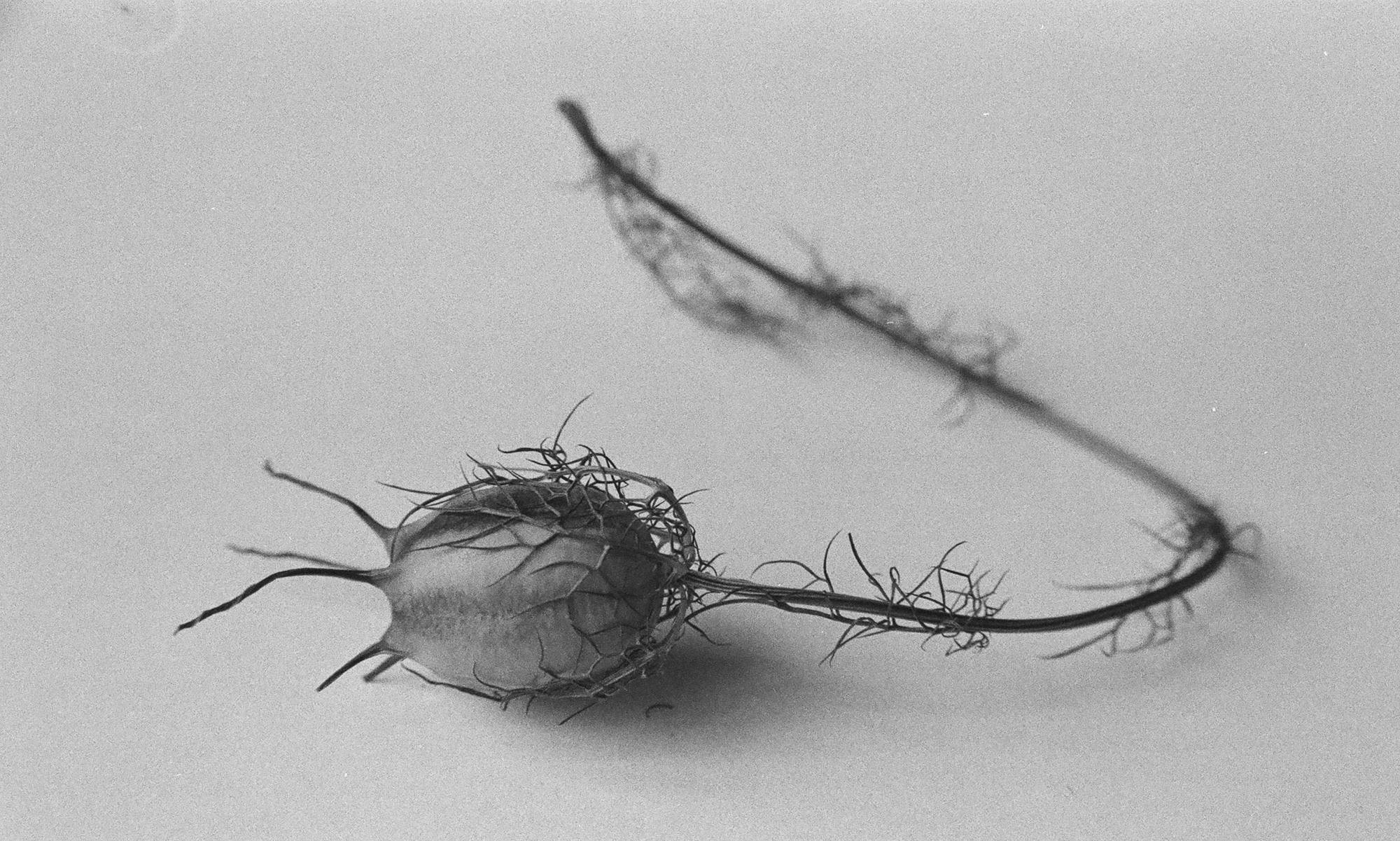The works of Elisabetta Duprè evoke a rhythm comparable to the changing of seasons, day and night, a beating heart, a piece of music. Dozens, even hundreds of tiny pieces of silver and gold, small cubes, cups, flat bars, occur in a sequence, as if they were marking time, almost suggesting the ticking of a clock or the swinging of a metronome.
Her work is essentially based on minute detail. Surfaces are carefully treated to acquire the desired texture and colour. The pieces are perfect in their imperfection and apparent randomness becomes fundamental. Their manual techniques are very clear and ooze from every pore: irregular edges, round shaped elements that are not quite round and squares that are not perfectly square.
Duprè has a passion for metal and has established an intimate relationship with it over time. She has a profound knowledge of the secrets of silver and gold and avails herself of traditional bench techniques to make her pieces. The tools you would find in her workshop are those traditionally used by goldsmiths over centuries, employed with great expertise, to make jewellery that is, on the other hand, anything other than classic.
Her works have never been overly explicit, although they seem to follow certain themes at times. This comes through very clearly in the pieces under the title “Persiana”, in which the window blind is barely hinted, but at the same time we are given enough elements to perceive the artist’s intention.
Her latest works have seen the introduction of movement, through the creation of mobile structures formed by many minute pieces of silver, left a milky white or blackened, held together by tiny rings, as if they were sewn. Again we see elements that are repeated, but as opposed to the past when they were two-dimensional, now they grow to form mobile volumes that follow the body’s movement. They are soft structures that plunge into the surrounding space. Hence, just like in a dance where the harmony of movement is the result of unity between two or more people moving together, likewise in these works, harmony arises from the perfect union between object and body.
An innate sense of simplicity comes through and derives, perhaps, from Duprè’s Germanic origins. Chromatically sober, linear forms, of great communicative power. Her works speak an elementary, rigorous language, reflecting her way of being.
Rita Marcangelo
Alternatives Gallery

